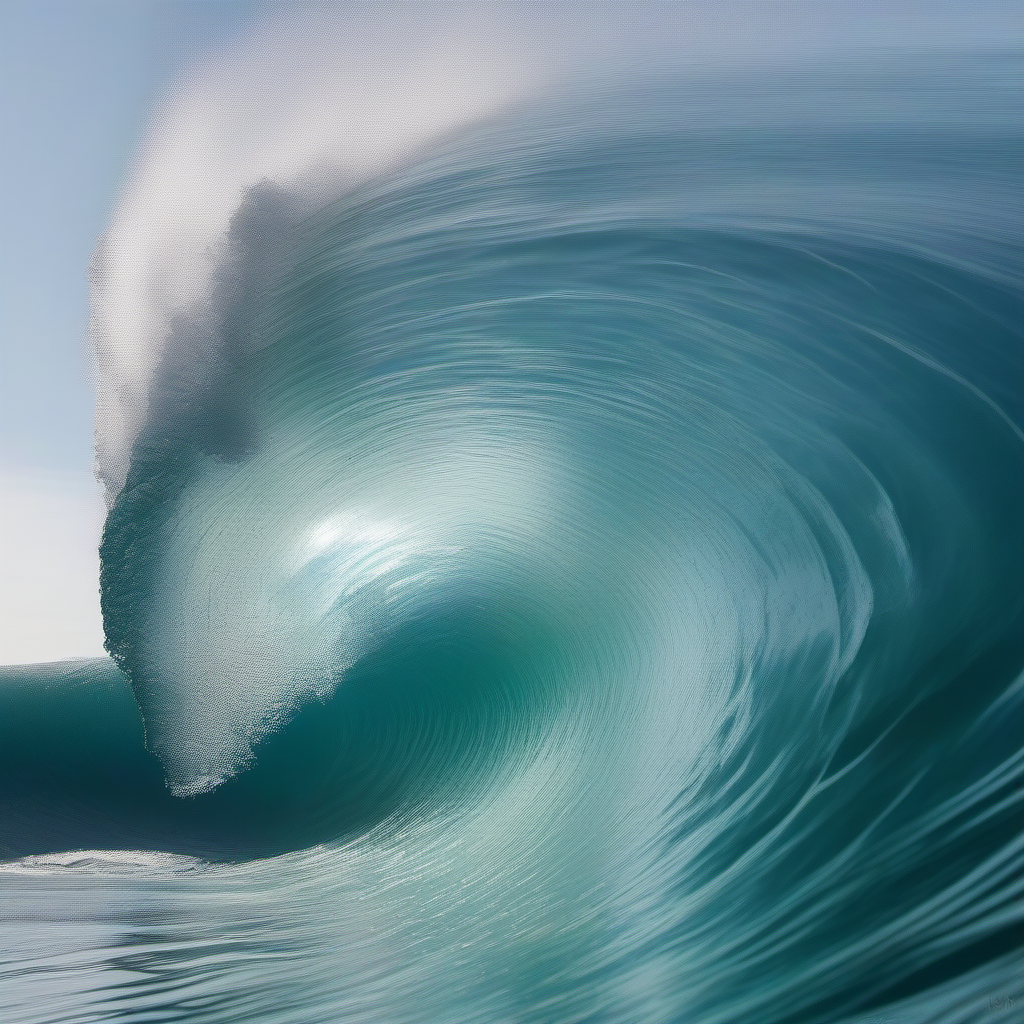- cross-posted to:
- technology@beehaw.org
- cross-posted to:
- technology@beehaw.org
cross-posted from: https://programming.dev/post/36128488
In the face of intense public opposition, the city’s Chamber of Commerce has gone to unusual lengths to promote Musk’s xAI facility: sending out a mailer, for the first time in recent memory, that includes misleading facts.
data centers and supercomputing facilities, which consume voracious amounts of electricity and water
Memphis is on the Mississippi. Evaporating the volume of the Mississippi at Memphis with graphics cards would be a pretty impressive feat.
kagis
https://snoflo.org/flow/report/tennessee/
TENNESSEE FLOW REPORT
August 22 2025
Streamflow levels across Tennessee are currently 92.0% of normal, with the Mississippi River At Memphis reporting the highest discharge in the state with 354000cfs
345,000 cubic feet of water per second is a pretty substantial amount of water.
EDIT: Water has a heat of vaporization of 2.23 kJ/g.
345k ft³ water is 9.7×10⁹ cm³, so 9.7×10⁹g
That’s about 2.2×10¹⁰kJ to vaporize it (disregarding the specific heat of water, just the heat of vaporization).
1kJ ≈ 0.28 Wh.
So 6,160,000,000 Wh to vaporize the water going through in a second.
3,600 seconds in an hour.
So at a flow rate of 345k ft³ that’d sink about 22 trillion watts through vaporization alone.
https://www.e-education.psu.edu/egee102/node/1925
In 2024, the world wide energy consumption was about 186,000 TWhs
8760 hours in a year. So global average power usage is about 21 TW.
If we put the entire world’s generated electricity towards heat to vaporize the Mississippi at Memphis, it’d still fall a bit short.
EDIT2: I also inadvertently transposed two digits (should be 354,000 ft³/sec rather than 345,000 ft³/sec) in transcribing the initial flow rate, so it’d fall slightly shorter.



